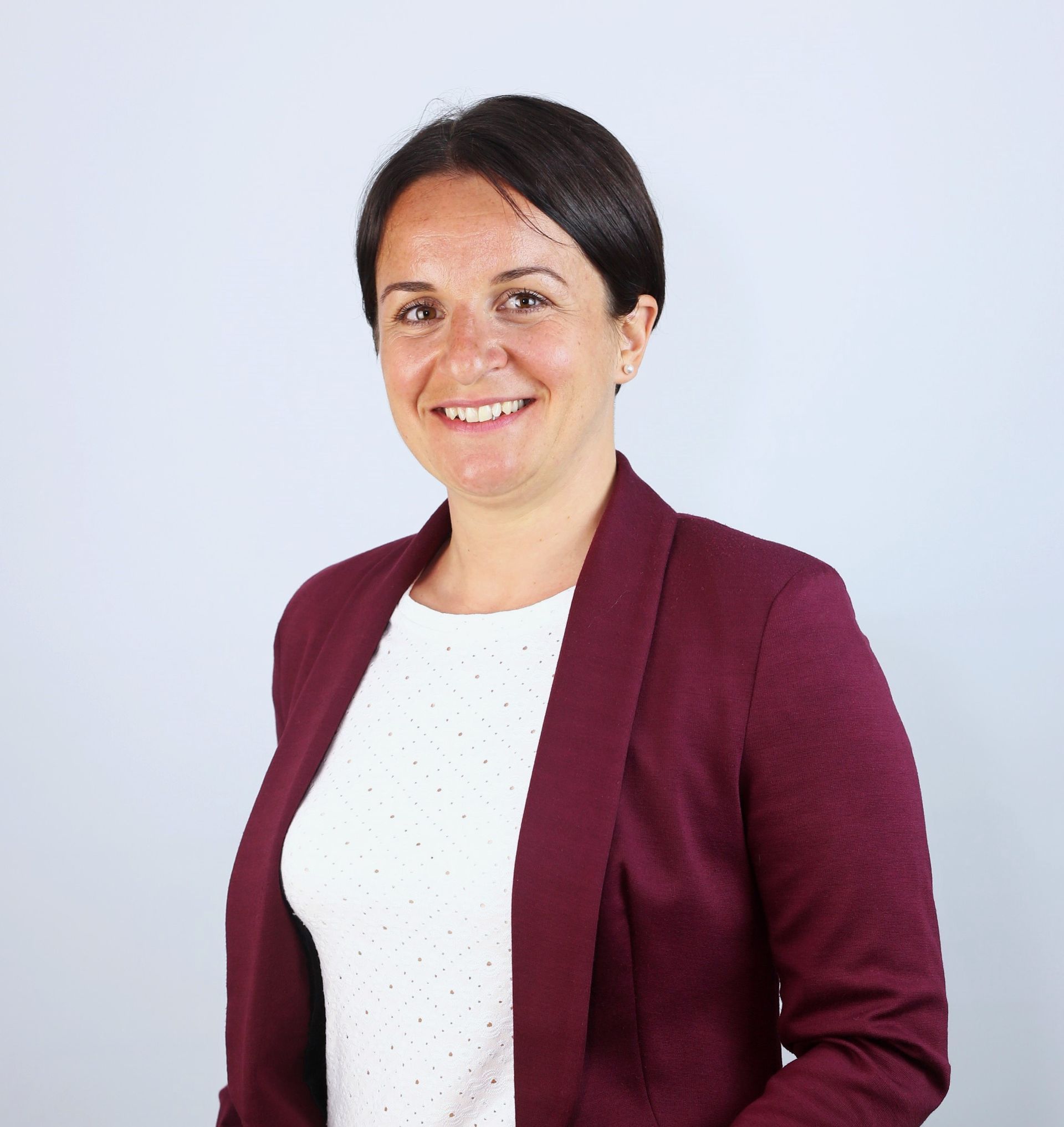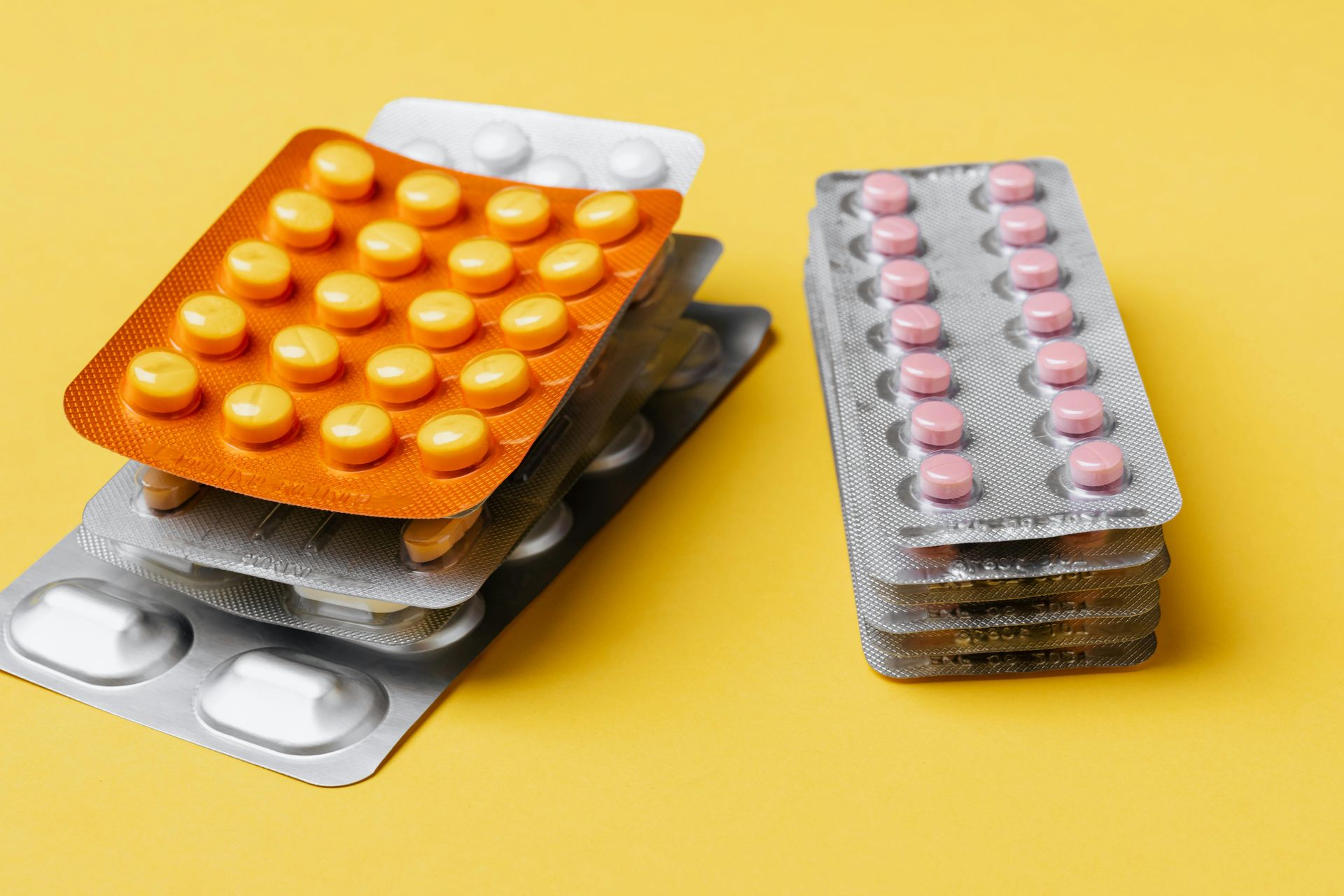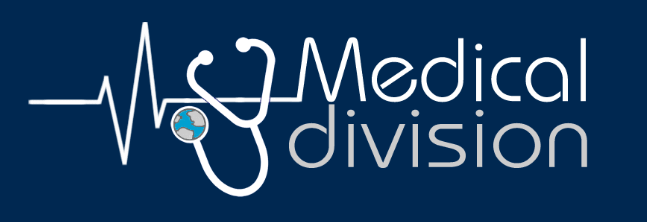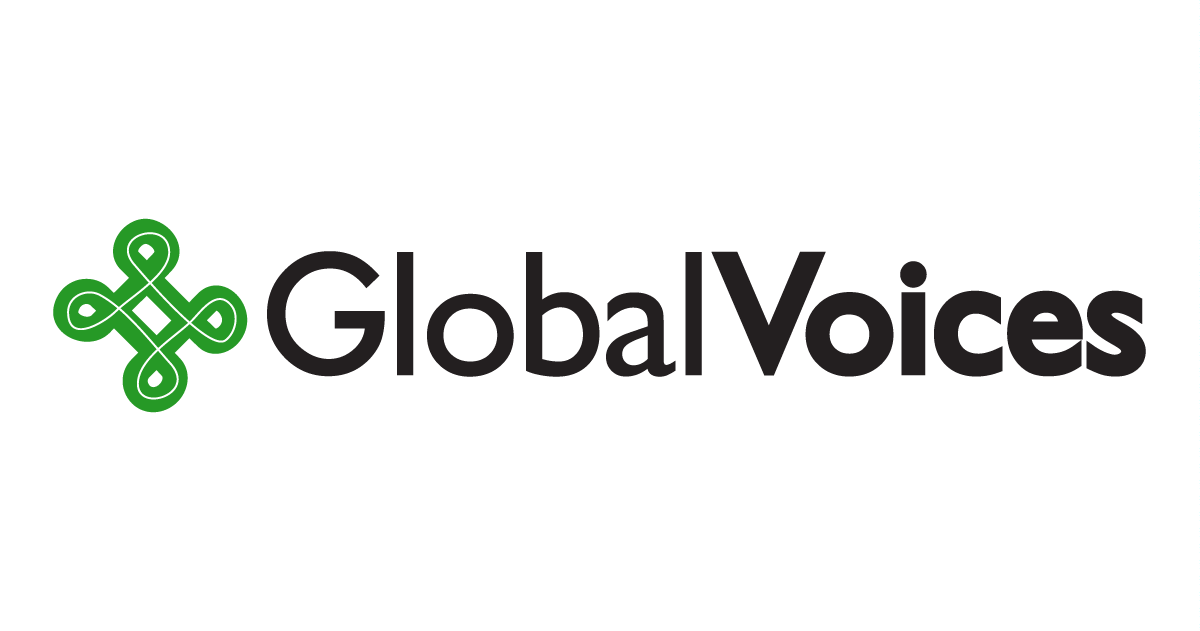Translating a Summary of Safety and Clinical Performance (SSCP): A Comprehensive Guide
When it comes to regulatory documentation, companies often need to translate the Summary of Safety and Clinical Performance (SSCP) into different languages to ensure compliance with local regulations. The French translation of Summary of Safety and Clinical Performance (SSCP) is particularly important for companies targeting French-speaking markets. In this article, I will guide you through the process of translating an SSCP, discuss why it is essential for medical device manufacturers, and highlight key factors to consider for an accurate and compliant translation.
Why Translate the SSCP into French ?
The Summary of Safety and Clinical Performance (SSCP) is an essential document required by regulatory bodies to ensure the safety and performance of medical devices. For companies distributing these products in French-speaking regions, a clear and precise translation of this document is not only a legal requirement, but also a critical component for establishing trust with healthcare professionals and regulators.
1. Compliance with Local Regulations
In France, as well as other French-speaking regions, regulatory agencies require manufacturers to provide accurate translations of safety and performance data. Without a correct and professional French version of the SSCP, a company could face delays in approvals, legal issues, or even fines.
2. Ensuring Clarity and Precision
The SSCP includes detailed clinical performance data, safety information, and risk assessments. These are vital for healthcare providers to understand the potential risks and benefits of a medical device. A poorly translated document can lead to misunderstandings, affecting the reputation of the company and the safety of patients.
Key Considerations When Translating the SSCP into French
1. Use of Expert Translators
Medical and regulatory translations require expertise. It is essential to work with a translator who is not only fluent in both English and French but also has experience in medical terminology and regulatory language. A translation that doesn’t capture the nuances of medical terms can lead to inaccurate or misleading information, which could have serious consequences.
2. Local Regulatory Requirements
Each country has specific requirements when it comes to medical device documentation. Translating the SSCP into French involves adapting the document to meet local laws, cultural nuances, and the expectations of the regulatory bodies. Familiarity with French regulatory standards such as the French National Agency for the Safety of Medicines and Health Products (ANSM) ensures compliance.
3. Accuracy Over Speed
Given the technical nature of an SSCP, it is important to prioritize accuracy over speed. While fast turnarounds may seem desirable, the document must be thoroughly reviewed by professionals who can guarantee that no information is lost or misinterpreted during the translation process.
Steps for a Successful French Translation of SSCPs
Choose the Right Translator or Translation Agency: Look for a professional with expertise in medical device documentation and regulatory translations.
Provide Context and Clarify Ambiguities: Sometimes medical terminology can have different interpretations. Providing context ensures a more accurate translation.
Review the Translation: After the translation, have the document reviewed by an in-country expert who is familiar with both the language and regulatory environment.
Compliance Check: Ensure that the SSCP French translation meets all French regulatory requirements and that it is formatted correctly for submission to authorities.
Ready to translate a Summary of Safety and Clinical Performance (SSCP) into French? Here is what to remember:
In conclusion, translating a Summary of Safety and Clinical Performance (SSCP) into French is an essential step for MedTech companies looking to distribute their medical devices in French-speaking regions. The French translation of Summary of Safety and Clinical Performance (SSCP) must be accurate, clear, and comply with local regulations to avoid legal complications and ensure patient safety. By partnering with professional translators who specialize in medical and regulatory documents, companies can successfully navigate the complexities of international markets and gain the trust of healthcare professionals.

Emi Lecret - French Translation Services for Innovative Medical Startups and Companies
Contact me at contact@emilecret.com









